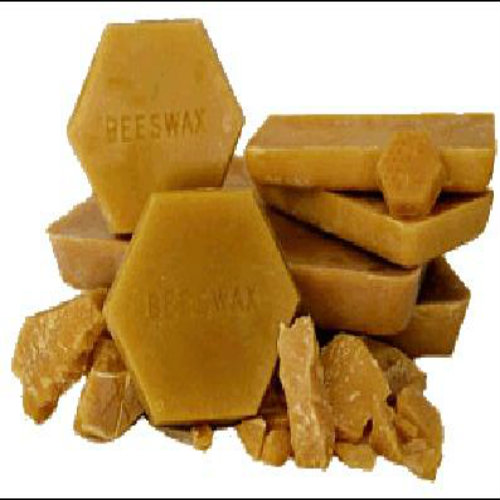20 Science Experiments for Middle School Students
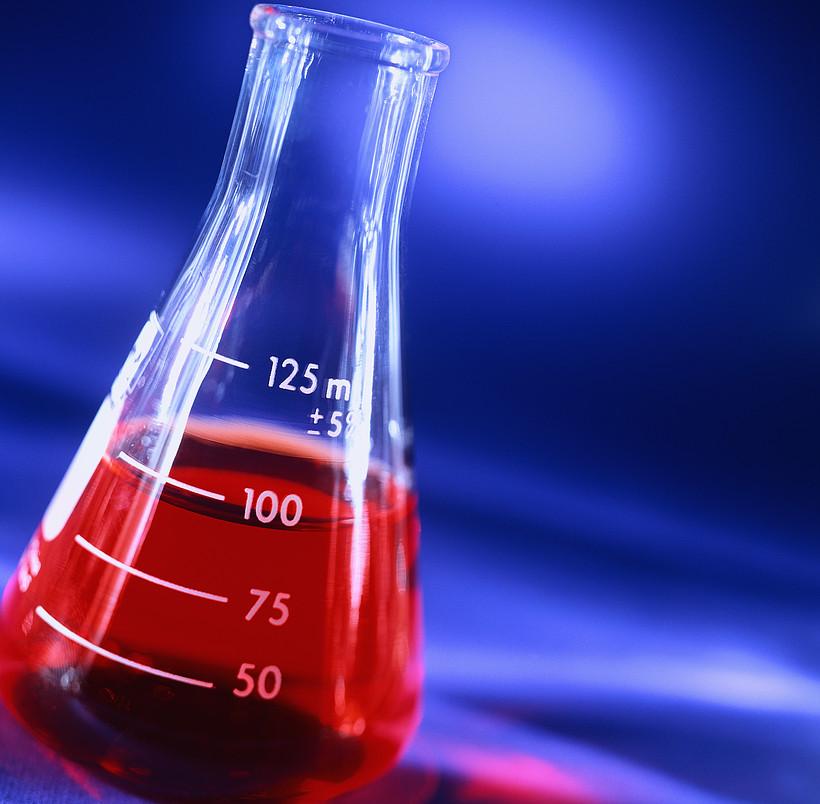
Science projects can be a lot of fun, even if you aren’t a science whiz. However, once you are in middle school, the old volcano eruption project just doesn’t cut it. You actually need to demonstrate more complicated scientific principles in action and elaborate on them.
Sounds too difficult? Worry not, we are going to tell you how to perform 20 different science experiments that are guaranteed to shock and awe your classmates and judges. Just go through the guide below to pick and choose any experiment you fancy.
Instructions
-
1
An Electrochemical Cell
If you have an interest in electronics and how electrical charges move, you can try to Make an Electrochemical Cell. You will just need two glass beakers and some chemicals along with a voltmeter for this experiment.
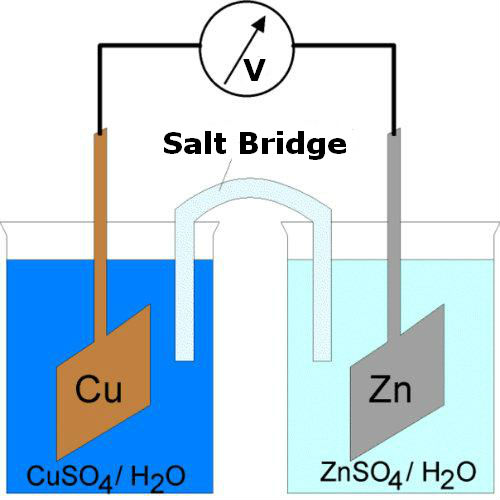
-
2
The Fruit Battery
This is a simple yet fascinating experiment on Making a Fruit Battery. It will only require one or two lemons along with a couple of metals to be used as electrodes and a voltmeter.
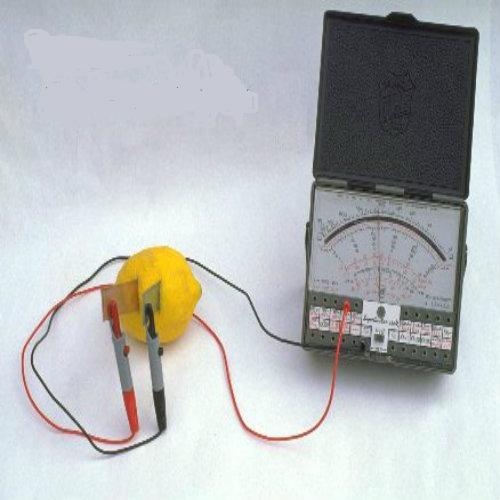
-
3
The Amazing Human Battery
This experiment employs the same principle as that of an electrochemical cell. The only difference is that in Making a Human Battery, you replace the salt bridge with two of your own fingers!
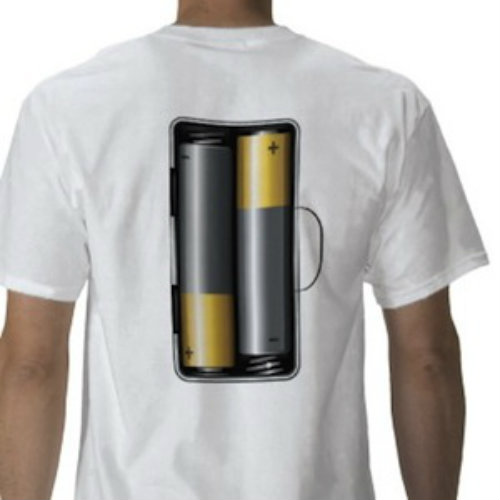
-
4
The Potato Powered Clock
Believe it or not, a potato can be used to run a simple LCD clock. You don't need any batteries or a power source, just find a basic LCD clock lying around in your house and run it with a Potato Battery.
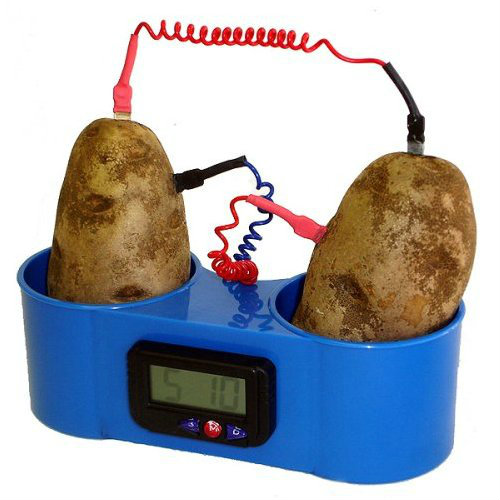
-
5
The Rocket Balloon
The principle employed by rockets is somehow similar to the one behind air-filled balloons, and you can prove this with the help of a simple experiment that involves Making a Rocket Balloon.
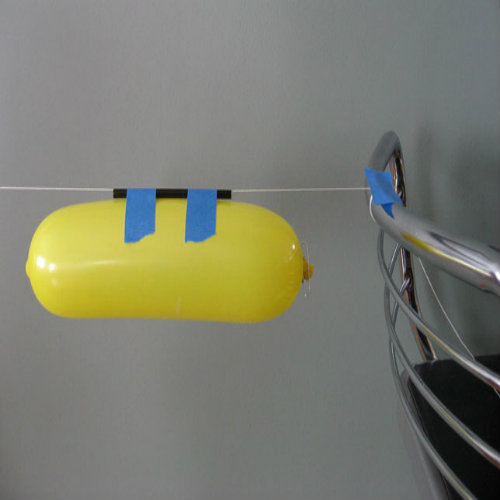
-
6
The Balloon Powered Car
In this experiment, you have an air-filled balloon that acts as the car’s engine. Air pressure is the driving force here, and it will only take 5 to 10 minutes to Make a Balloon Powered Car for your science experiment.
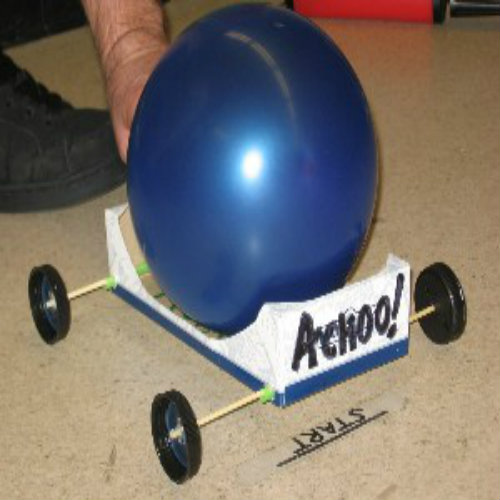
-
7
The Match Rocket
This experiment is probably the simplest and cheapest, as you can Make a Match Rocket using a simple match stick and a piece of aluminum foil. The experiment is a simple demonstration of the principle behind actual rocket propulsion.
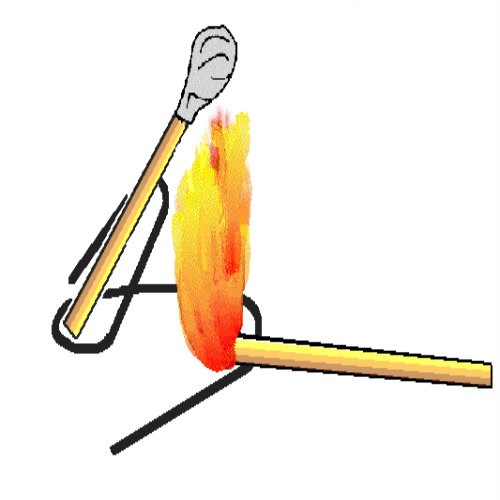
-
8
Newton’s Laws of Motion
You can perform a simple experiment to Demonstrate Newton’s Laws of Motion, which are crucial to any study in Physics. However, you will need some extra equipment to perform the three experiments involved in this demonstration.

-
9
Salt Water Conductivity Experiment
The purpose of behind performing the Salt Water Conductivity Experiment is to prove that a mixture of salt and water forms an electrolyte. This is a simple enough experiment and does not require elaborate equipment.
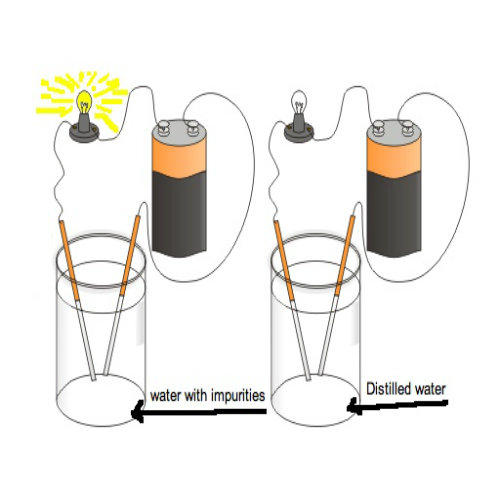
-
10
Crush the Can Experiment
This experiment shows the effect of changes in external and internal temperature, in relation to the atmospheric pressure acting on a body. You only need an empty tin with some cold water to perform Crush the Can Experiment.
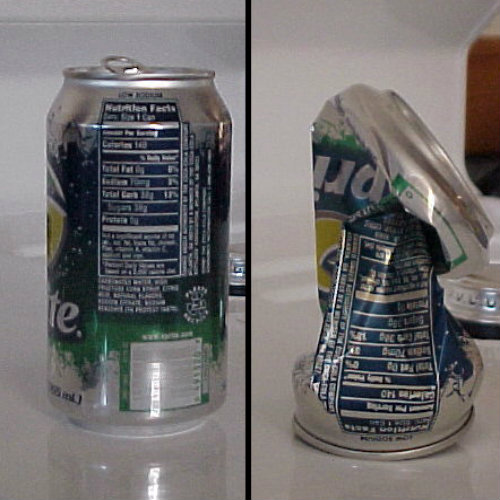
-
11
Demonstration of Centripetal Force
An experiment Demonstrating Centripetal Force simply shows that any body, moving in a circle, is acted upon by a force (the Centripetal Force) which directs its motion towards the center.

-
12
Demonstration of Centrifugal Force
Almost the same as centripetal force, Demonstrating Centrifugal Force shows how a body remains in equilibrium while moving in a circular motion.

-
13
Neutralization experiment
This is a very common experiment related to the study of chemistry. In performing Neutralization you will demonstrate how an acid can be neutralized using a base.
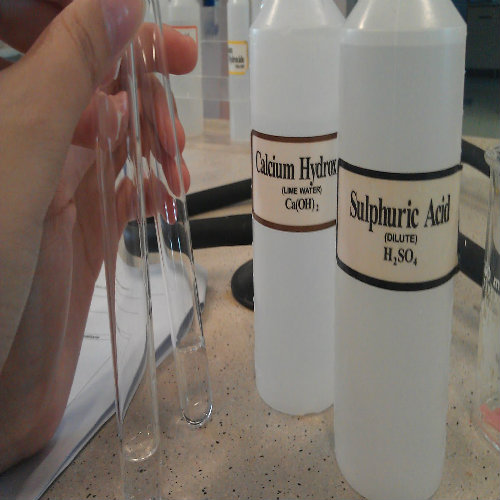
-
14
The Homemade Thermometer
Without using mercury, you can create a Homemade Thermometer using some water, plastic straw, modeling clay and rubbing alcohol.
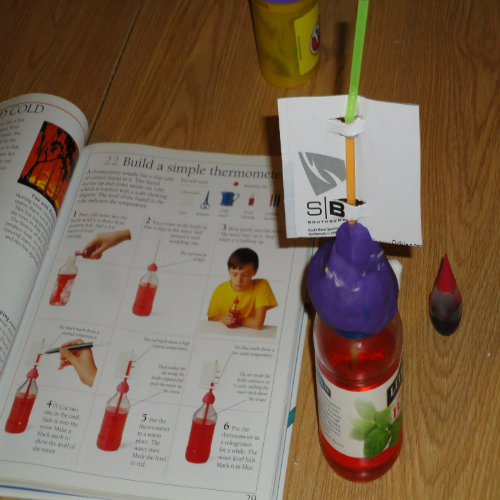
-
15
Cleaning Water with Sunlight
Unlike all the other experiments mentioned in the list, Cleaning Water with Sunlight is a time consuming exercise. If you are still interested, you will need a basin, a collecting jar, a plastic cover and some impure water for this experiment.
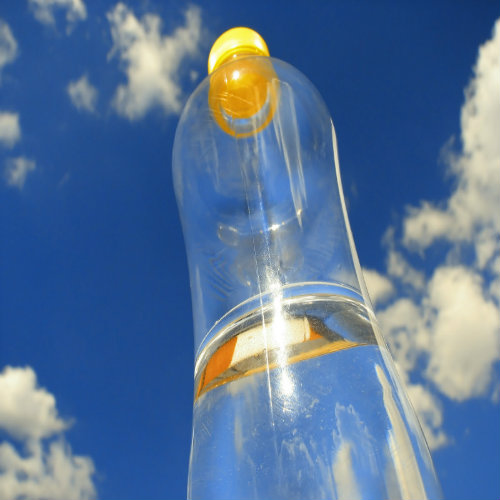
-
16
Extracting DNA from Spinach
This is guaranteed show stopper. You will just need to have a cup full of spinach along with a few items from your kitchen to Extract DNA from Spinach.
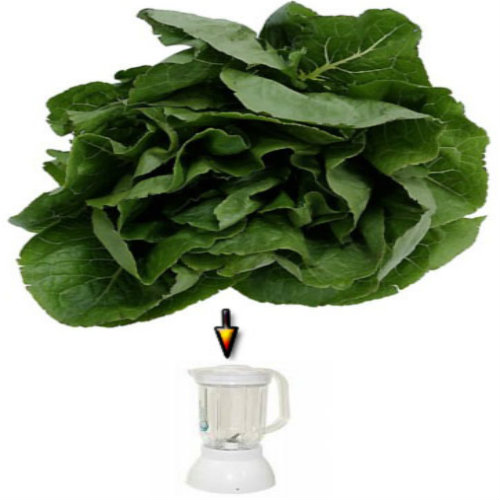
-
17
Acids and Bases Producing Colors
This is another interesting experiment related to chemistry. This experiment shows that it is possible to Produce Multiple Colors with Acids and Bases using certain indicators.
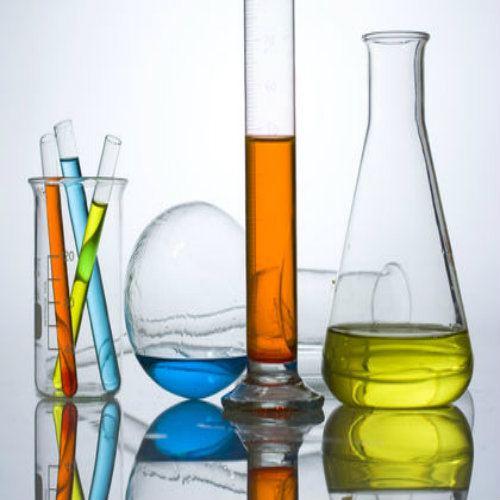
-
18
Cleaning Copper Pennies
Now you can put those dirty pennies in your wallet to good use. Perform this experiment to Clean Copper Pennies using only vinegar, salt and water. They'll be as good as new.
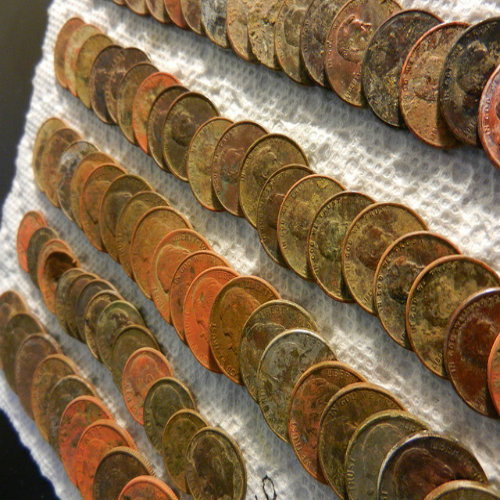
-
19
Measure Heights With Your Shadow
Want to measure the height of a tall building without using a measuring tape? It's simple, use your shadow! With this experiment you can actually demonstrate how easy it is to Measure Heights with your Shadow.
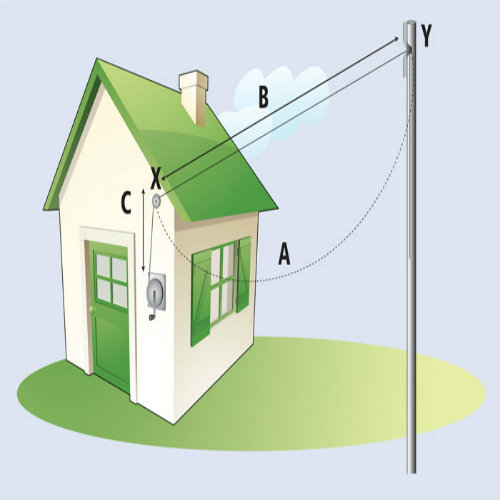
-
20
Make Beeswax Lip Balm
This is another interesting experiment that involves Making Lip Balm from Beeswax, with coconut oil and a couple of other ingredients.
